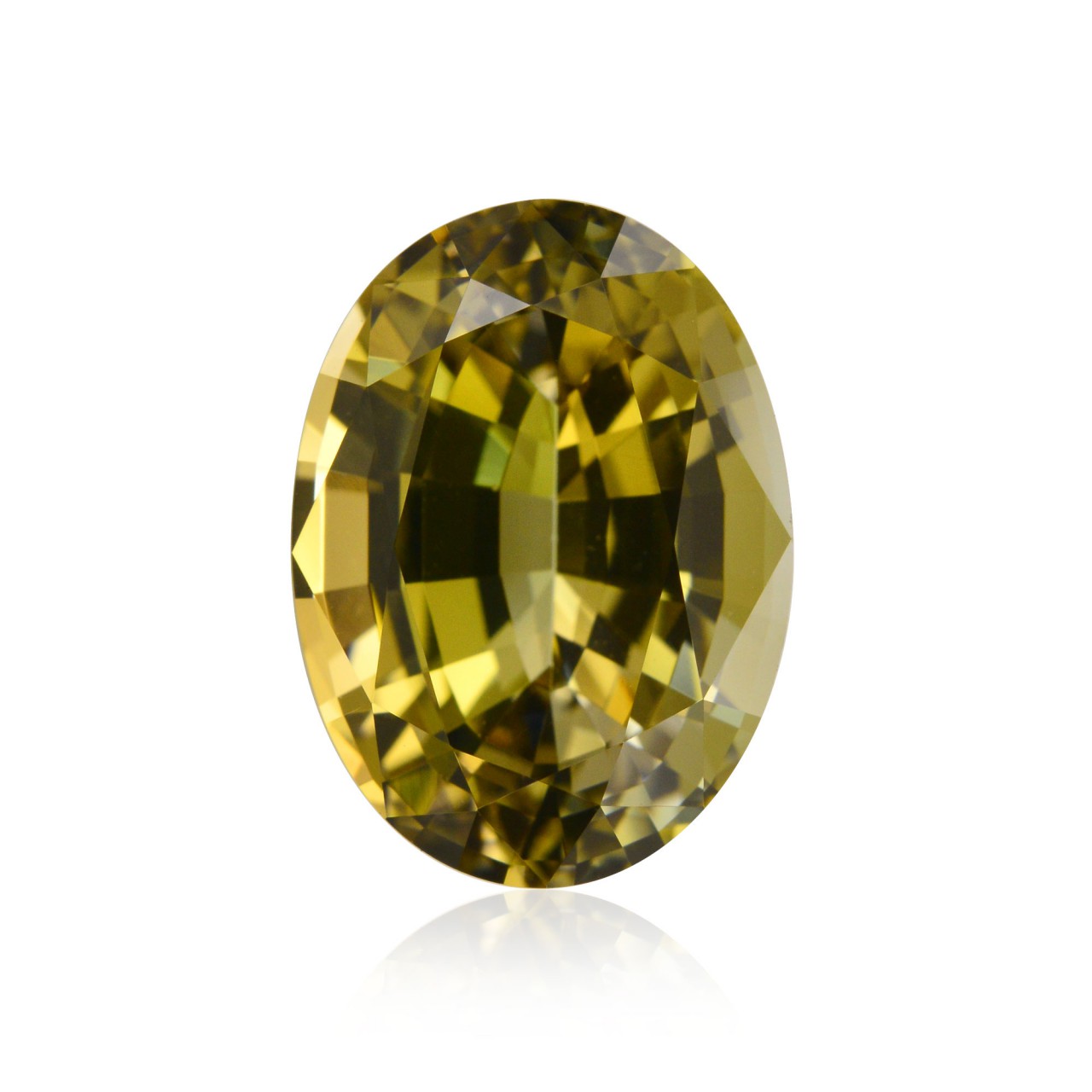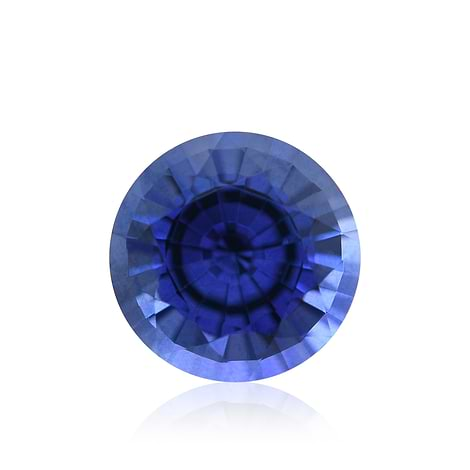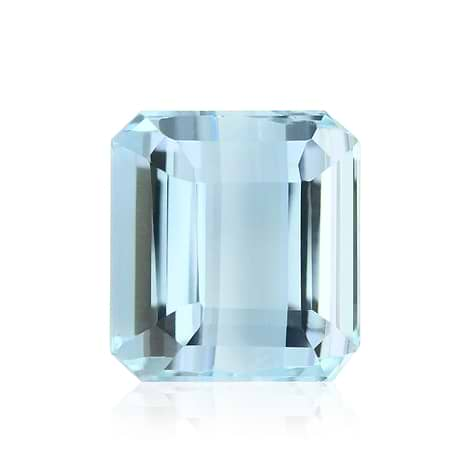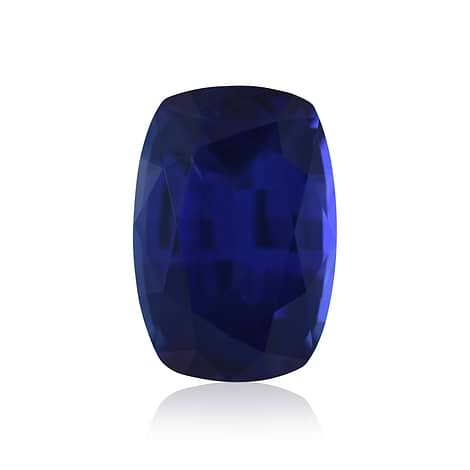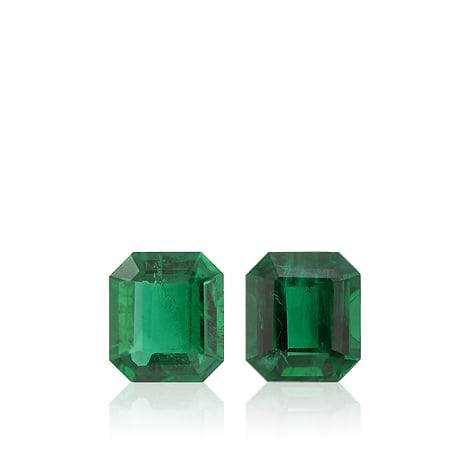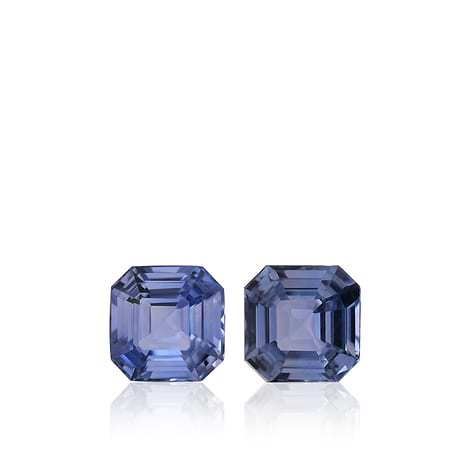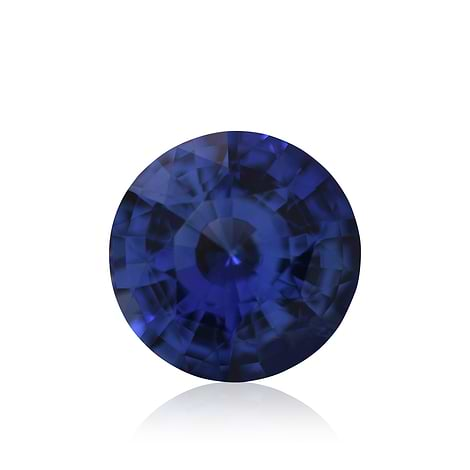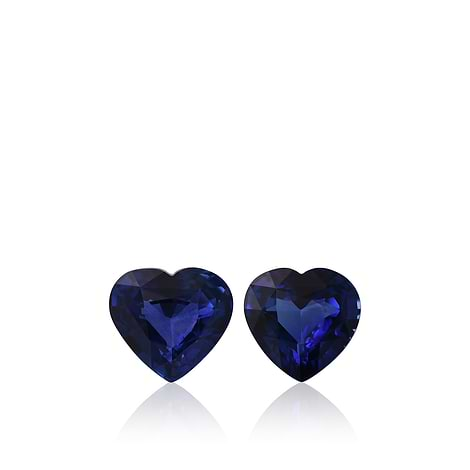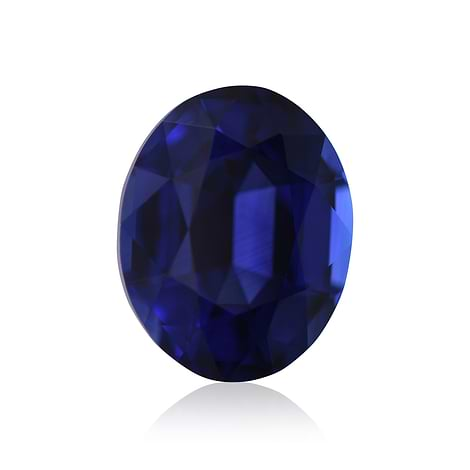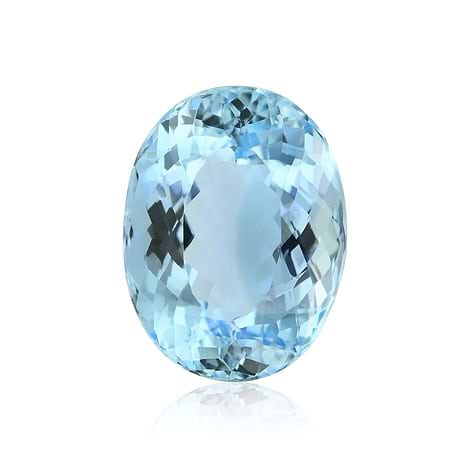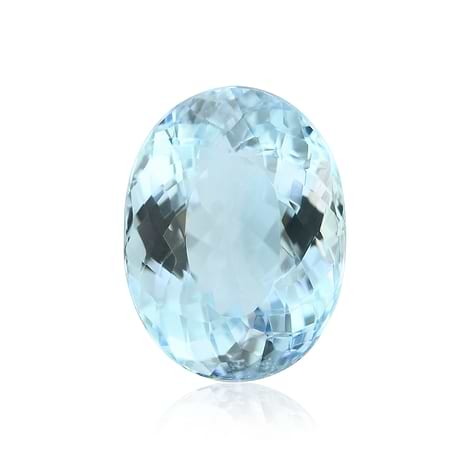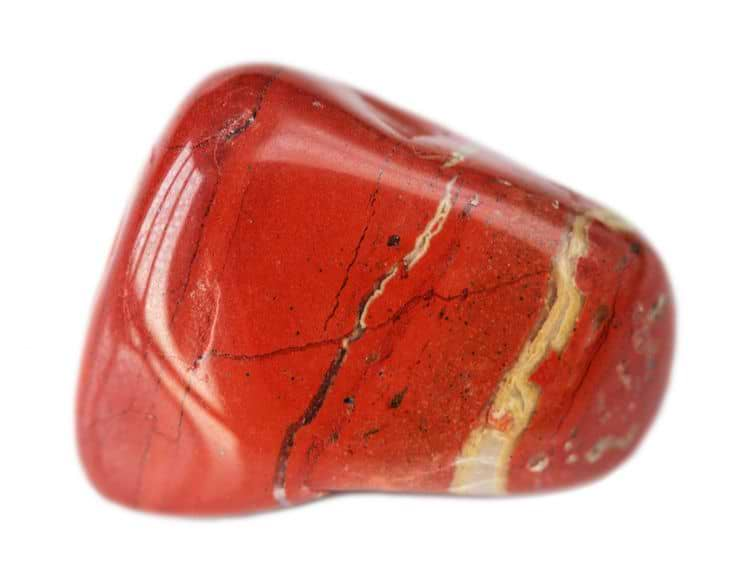Gemstones are stones that have been cut and polished in a way that deems them refined enough to be considered gemstones. Though gemstones can be completely void of color, like the popular colorless diamond, many people think of colorful stones when they hear the term gemstones. While green emeralds, red rubies, blue sapphires, and bluish-green aquamarine stones certainly have their fair share of color, other gemstones can be equally delightful with much more neutral hues such as light brown, otherwise known as champagne.
Light brown diamonds can also be called champagne diamonds, and are in theory also champagne gemstones. For our intents and purposes we will exclude diamonds while talking about champagne gemstones as they get a category of their own. There are various semi-precious gemstones with stunning champagne coloring such as tourmaline and tanzanite. Here is a bit about these stones, their advantages, and disadvantages.
Champagne Tanzanite Gemstone: Uncommon but Fabulous
Although tanzanite stones are known for their dazzling blue hue, this color is generally only achieved after going through heat treatment. In the rough, most tanzanite stones have a reddish brown to clear color. Smaller stones will give off a lighter color such as violet after being treated. Therefore it is rather unusual to come across champagne tanzanite stones but they do exist and are fabulous. Tanzanite ranks 6.5 on the Mohs scale of gem hardness.
5.01 carat, Champagne, Tanzanite, Oval Shape
The Diversity of Tourmaline Colors
Unlike tanzanite, tourmaline stones are not known for just one color. There are several colors that fall into different categories. However, the brownish-black/black variety, schorl, is most abundant. It accounts for almost 95% of all tourmaline in nature.
Other colors for tourmaline stones include pink, yellow, light blue, violet, green, champagne, and colorless. Champagne tourmaline is essentially light brown tourmaline, which falls into the dravite category (dark yellow to brownish black.) Tourmalines rank between 7 and 7.5 on the Mohs scale of gem hardness.
Pros and Cons for Champagne Gemstones
As mentioned earlier, gemstones are generally known for their colors. Both tanzanite and tourmaline are actually more common in other colors besides champagne, so why choose champagne?
Similar to champagne diamonds, which are among many different color diamonds, champagne gemstones offer both advantages and disadvantages. One plus would be the fact that champagne gemstones possess a neutral and natural color that blends with pretty much anything. They are also usually on the less expensive side.
A minus could be their inability to match any skin tone. Like it or not, champagne gemstones look better against certain shades of skin. Lastly, champagne is somewhat of a dull color. The flip side is that it is natural but it won’t give you that pop of color as, say, an emerald nor will it shine brilliantly like a colorless diamond.
Champagne gemstones, as many other gemstones, can be found in a wide range of shapes and sizes. While oval and round are most common, princess, cushion, radiant, heart, emerald, marquise, and asscher shapes are also possibilities.
LEIBISH boasts exquisite champagne gemstones including a 5.01-carat oval champagne tanzanite stone and a 3.47-carat oval champagne tourmaline stone. Always check the certification of a stone before purchasing and make certain you are buying from a reputable establishment.
Frequently Asked Questions
Are champagne diamonds considered champagne gemstones?
Yes, champagne diamonds are indeed considered champagne gemstones. The term "champagne" in the context of diamonds refers to their color, which typically ranges from light brownish-yellow to deep brown.
What shapes and sizes do champagne gemstones come in?
Champagne colored stones can come in a variety of shapes and sizes, just like other diamonds.
What shapes and sizes are champagne gemstones commonly found in?
Champagne stones are commonly found in traditional shapes such as round brilliant and princess cuts. However, they can also be found in other popular shapes like cushion, pear, and oval cuts. In terms of sizes, they are commonly seen in a range suitable for various jewelry designs.
